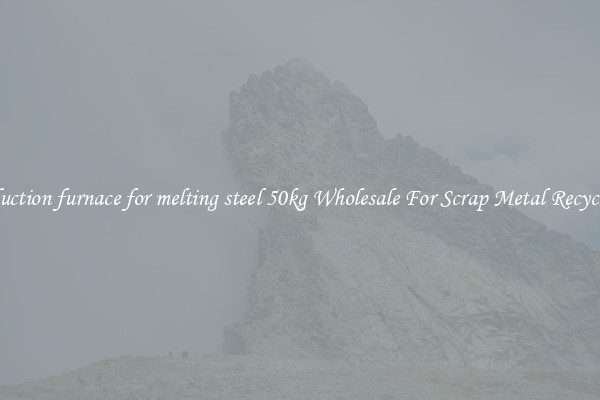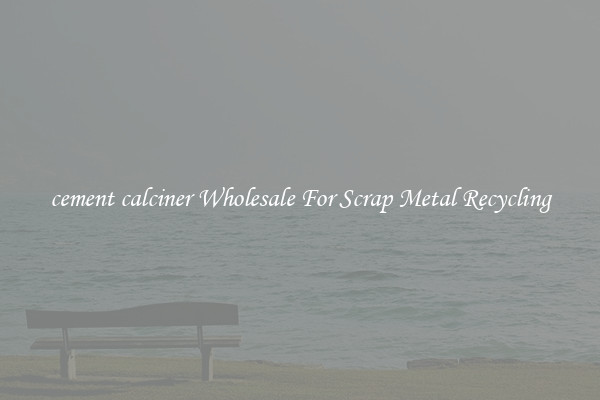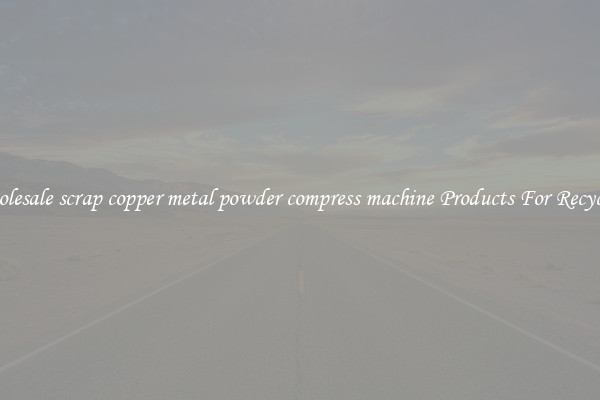induction furnace for melting steel 50kg Wholesale For Scrap Metal Recycling
Induction Furnace for Melting Steel: An Efficient Solution for Scrap Metal Recycling

Scrap metal recycling plays a vital role in minimizing waste and conserving natural resources. With the rising demand for steel in various industries, recycling of scrap metal has become crucial to meet the ever-increasing material needs. To achieve this, a reliable and efficient method of melting steel scrap is needed, and one such solution is the induction furnace.
An induction furnace is a type of electrical furnace that utilizes electromagnetic induction to heat and melt metals. It is widely used in the metal fabrication industry due to its ability to provide consistent and controlled heating, making it ideal for melting steel scrap.
One of the significant advantages of using an induction furnace for melting steel is its high energy efficiency. Unlike traditional methods such as a cupola furnace or electric arc furnace, which utilize combustion processes, induction furnaces convert almost all of the electrical energy into heat. This results in minimal energy wastage, making it an environmentally friendly option for scrap metal recycling.
Furthermore, induction furnaces offer excellent temperature control, ensuring precise and accurate melting of steel. The furnace generates an electromagnetic field that induces an electric current within the metal, rapidly heating it. The temperature can be easily monitored and adjusted, thus providing consistent results and high-quality melted steel.
Another crucial aspect of induction furnaces is their design flexibility. These furnaces come in a range of sizes and capacities, making them suitable for melting steel scrap of various sizes and weights. For instance, an induction furnace that can melt 50kg of steel scrap would be perfect for small to medium-scale scrap metal recycling operations.
The induction furnace's ease of operation and maintenance further adds to its appeal as a melting solution for steel scrap. It has a simple design with minimal moving parts, reducing the risk of mechanical breakdowns. The furnace's lining materials are also durable and resistant to molten steel, ensuring a longer lifespan and lower maintenance costs.
In addition to its energy efficiency and reliability, the induction furnace also boasts a rapid melting time. With its ability to quickly reach high temperatures, it can melt steel scrap within a fraction of the time compared to other conventional melting methods. This attribute makes it a valuable asset for scrap metal recycling facilities, increasing productivity and reducing downtime.
In conclusion, induction furnaces offer a practical and efficient solution for melting steel scrap in the process of scrap metal recycling. Their energy efficiency, temperature control, design flexibility, and ease of operation make them an ideal choice for small to medium-scale operations. By utilizing this advanced technology, scrap metal recyclers can contribute to a sustainable future by minimizing waste and conserving precious resources.

View details

View details

View details

View details








